Cable machines are an essential piece of equipment in any gym, offering versatility for a wide range of exercises targeting different muscle groups. One key aspect of using a cable machine effectively is learning how to properly adjust its height. Lowering the cable machine to the correct position is crucial for ensuring optimal form and maximizing the effectiveness of your workout. This article will guide you on how to lower the cable machine properly and incorporate it into your fitness routine.
1. Understanding the Cable Machine Setup
Before adjusting the cable machine, it's important to understand its basic components. A typical cable machine consists of pulleys, adjustable weight stacks, and a cable that can be hooked to various handles or attachments. The cable's height is adjustable, allowing for exercises that target different muscle groups.
2. Benefits of Lowering the Cable Machine
Lowering the cable machine enables you to perform exercises that target the lower body, such as cable leg curls, cable glute kickbacks, or standing low rows. By adjusting the cable's height, you can also modify the angle of resistance to align with your body position and muscle engagement. This flexibility is what makes cable machines so effective for a full-body workout.
3. Steps to Lower the Cable Machine
Step 1: Identify the Adjustment Mechanism
Cable machines come with different adjustment mechanisms, so it's essential to familiarize yourself with your machine’s specific design. Most machines have a pin that allows you to change the height of the cable. The pin is usually located beside the weight stack.
Step 2: Select the Proper Weight
Before adjusting the cable height, ensure you've selected the appropriate weight for your exercise. For beginners, start with a lighter load and gradually increase it as you get comfortable with the movement.
Step 3: Pull the Pin and Adjust the Cable
Once the weight is set, pull the pin and adjust the cable to the desired height. Depending on your exercise, you may want the cable to be low (close to the floor) or higher up for exercises like cable chest flys or tricep pushdowns.
For exercises that target your lower body, such as cable leg curls or glute kickbacks, the cable should be positioned low to the ground. You can lower the cable by adjusting the setting until it reaches a position just below your knees.
Step 4: Lock the Pin
After adjusting the height, replace the pin securely in its designated hole to ensure the cable remains at the correct position during your exercise. Double-check that the pin is fully inserted and locked into place to avoid any potential accidents.
Step 5: Set the Proper Attachment
Select the appropriate attachment for your exercise. Whether you're using a handle, bar, or rope, ensure that it's securely fastened to the cable. For example, when performing cable leg curls, you might use ankle straps, while for low rows, a straight bar or V-bar attachment is more common.
4. Common Cable Machine Exercises for a Lower Position
When the cable machine is lowered, several effective exercises can target the lower body and core:
- Cable Leg Curls: Position the cable at a low point, attach ankle straps, and perform leg curls to engage your hamstrings.
- Cable Glute Kickbacks: Use ankle straps to target the glutes by extending your leg back while the cable provides resistance.
- Cable Squats: Position the cable at a lower height and attach a rope or handle. Hold it in front of you while performing squats to add extra resistance.
- Standing Low Rows: Set the cable at a lower height and use a straight bar or V-bar attachment to perform rows, which work the back, biceps, and shoulders.
5. Tips for a Safe and Effective Workout
- Warm Up Properly: As with any exercise, ensure that you are properly warmed up before using the cable machine. Focus on dynamic stretches and activation exercises to prevent injury.
- Adjust Form for the Right Angle: Pay attention to your body positioning during the exercises. Adjust your posture and angle as needed to avoid straining your back or joints.
- Use Controlled Movements: Always perform exercises with slow, controlled movements. Avoid jerking or swinging to ensure that you're using the muscles effectively and reducing the risk of injury.
- Progress Gradually: Start with lower weights and increase gradually as you build strength. It's essential to avoid using too much weight too quickly, which can strain muscles and joints.
6. Conclusion
Lowering the cable machine is a simple yet vital step for targeting specific muscle groups during your workout. By mastering the adjustment mechanism and incorporating lower cable positions into your routine, you can maximize the benefits of this versatile gym equipment. Whether you are working on your legs, glutes, or back, cable machines offer an effective and adjustable way to add variety and intensity to your workout. So, next time you hit the gym, take a moment to adjust the cable machine to your desired height and start reaping the benefits of a more dynamic training session.


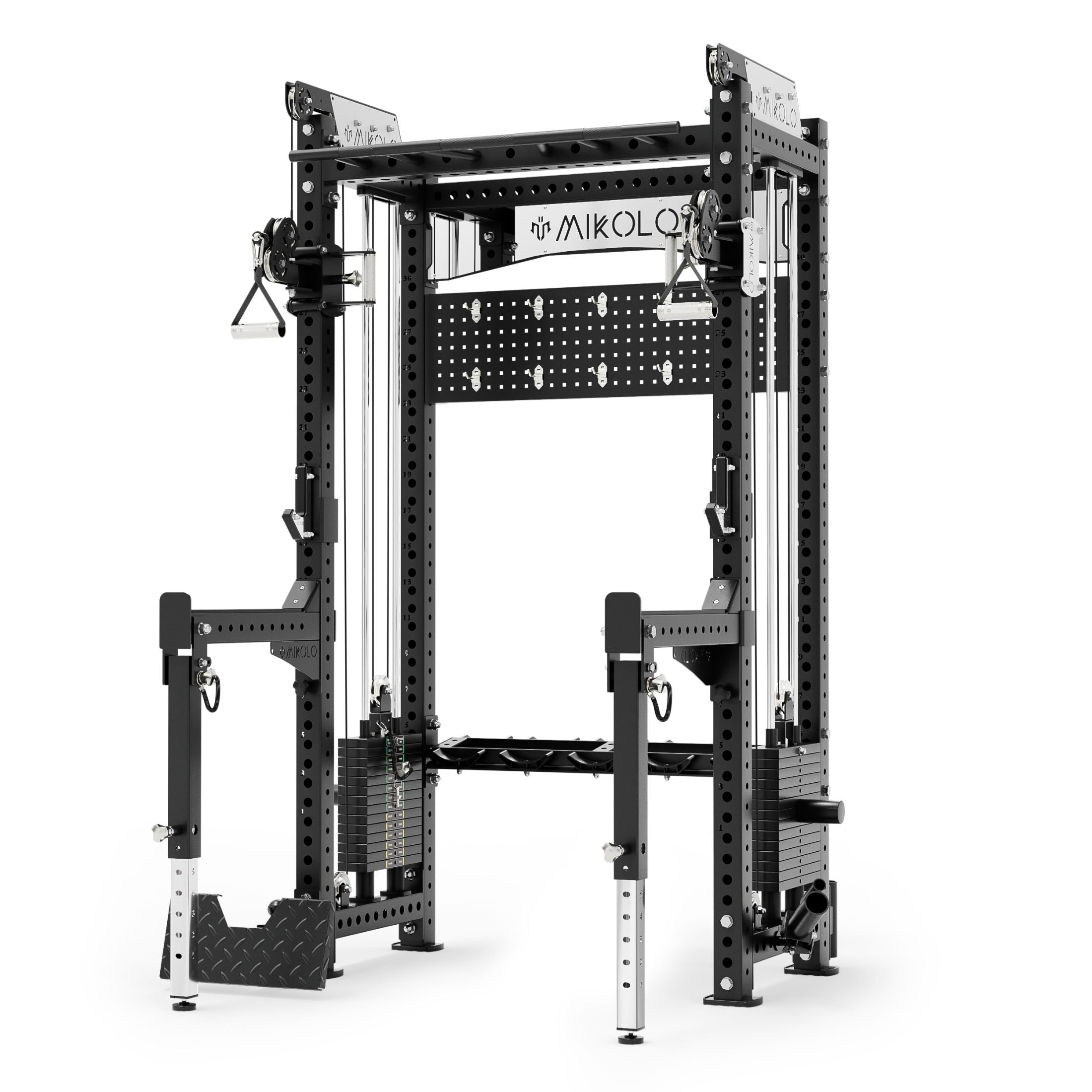
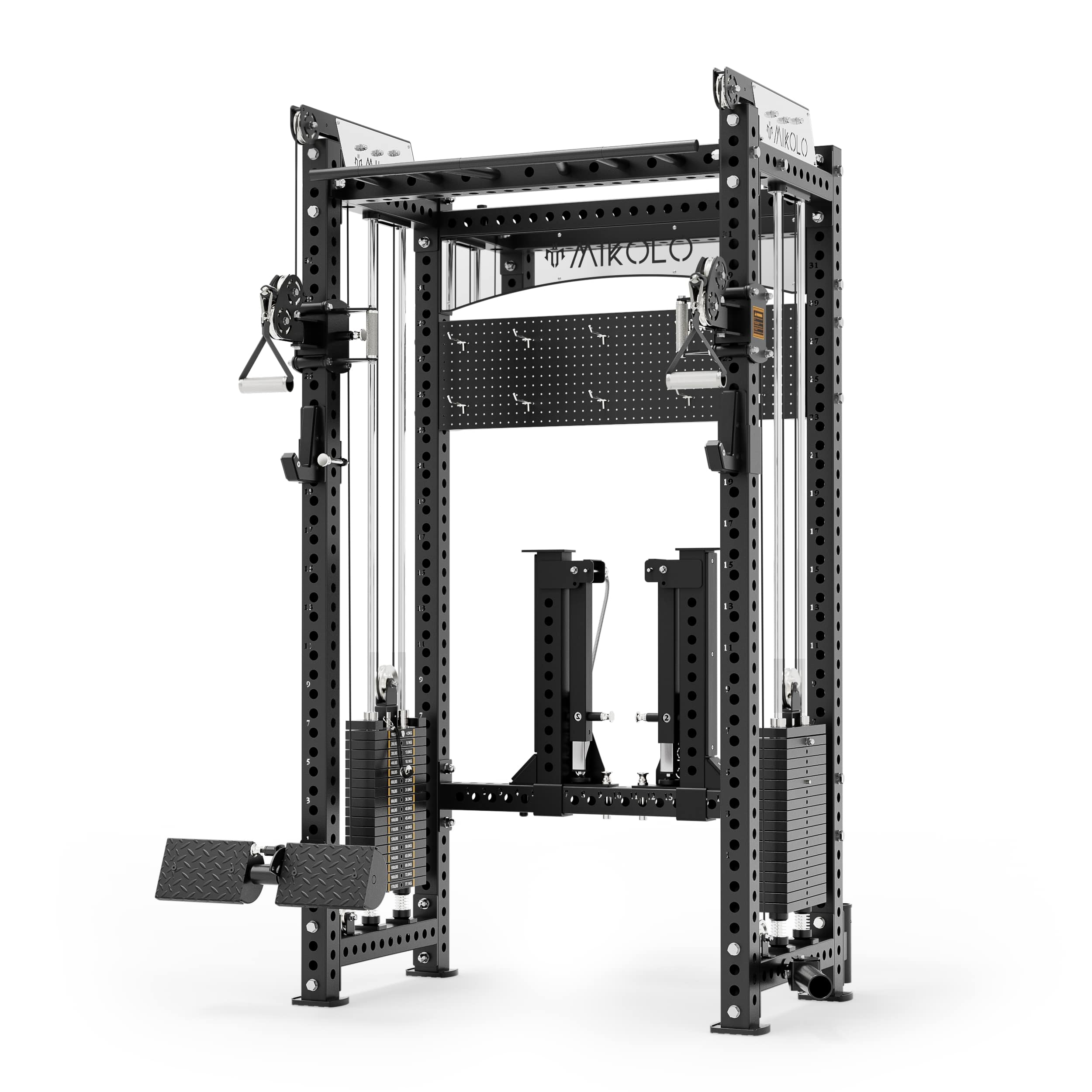
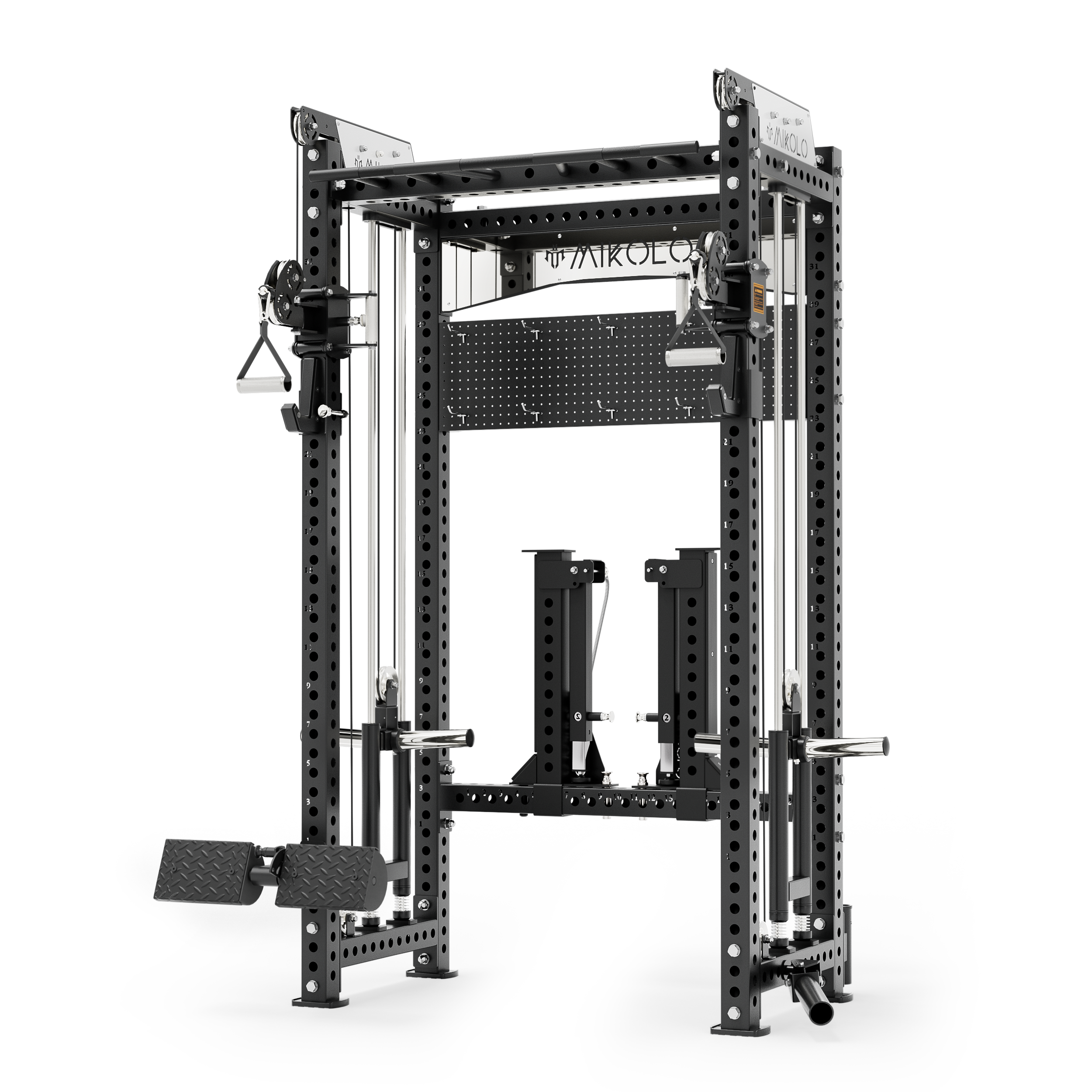
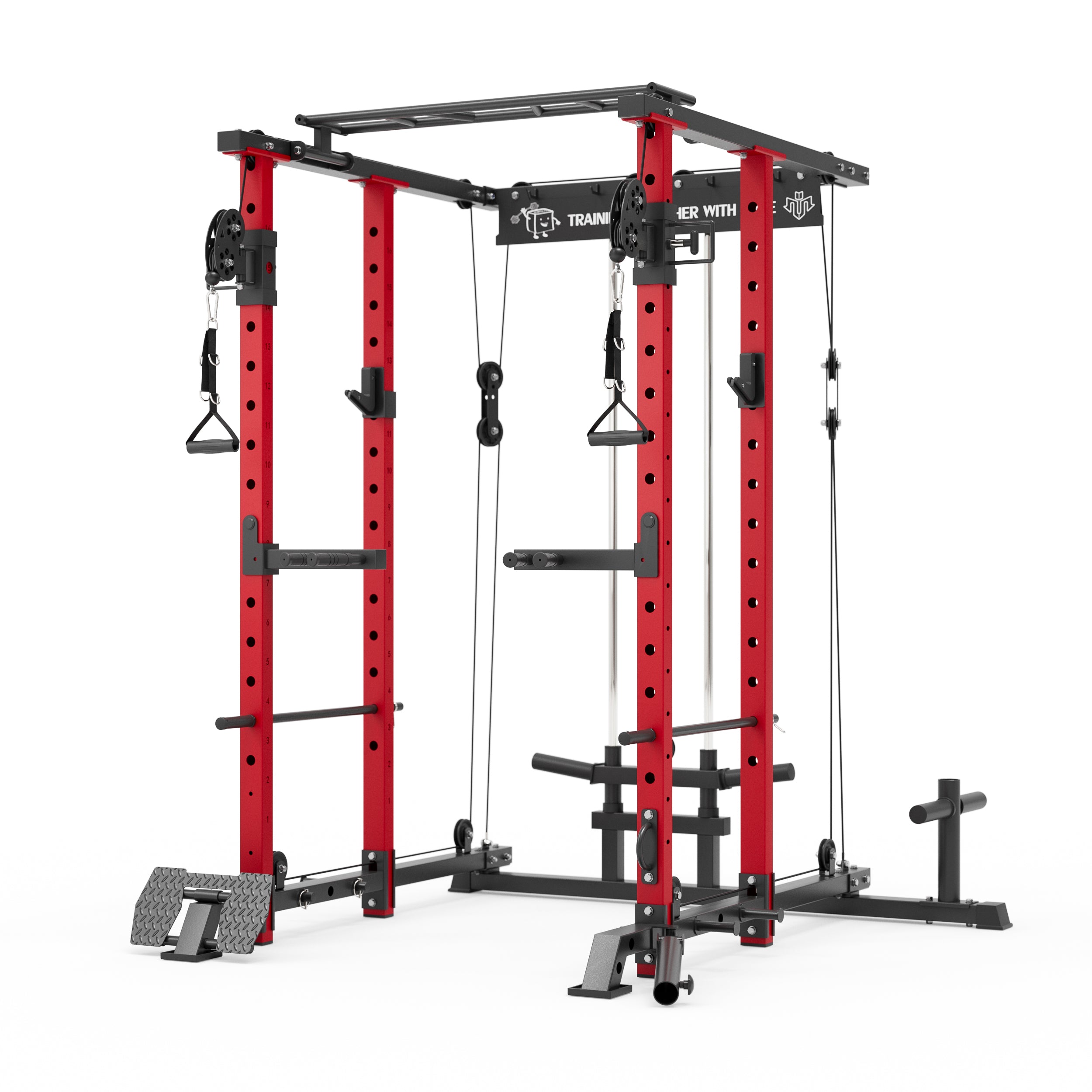
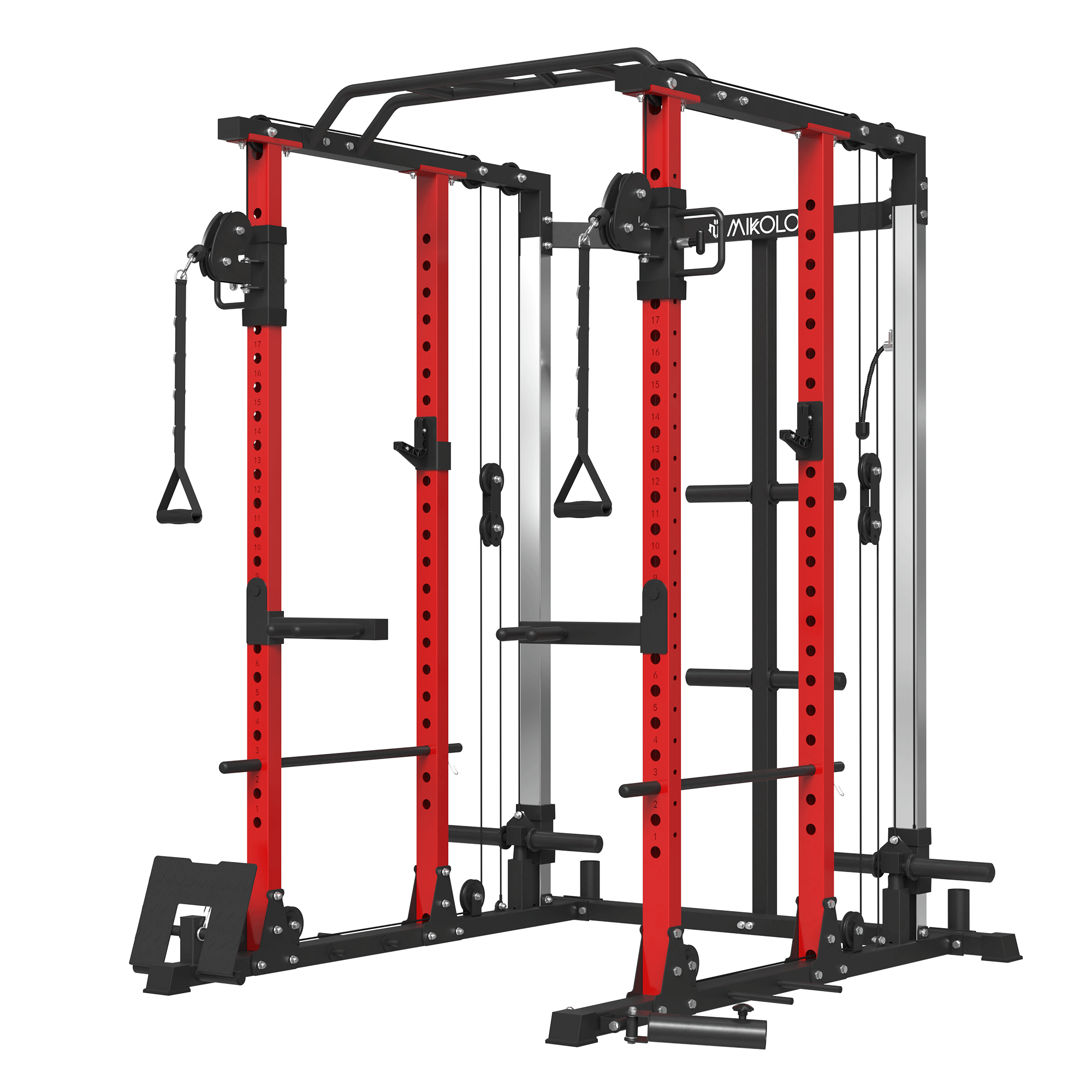
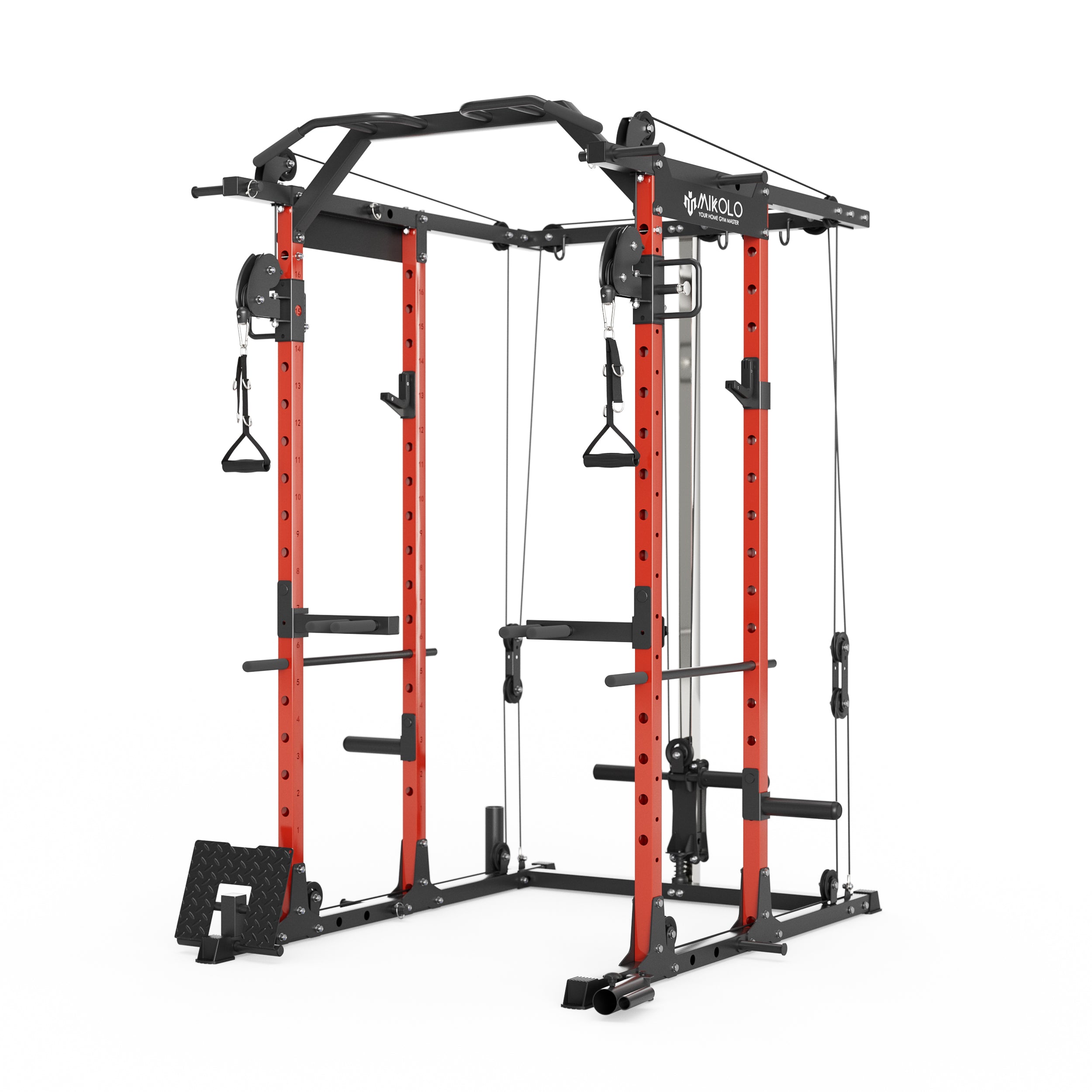
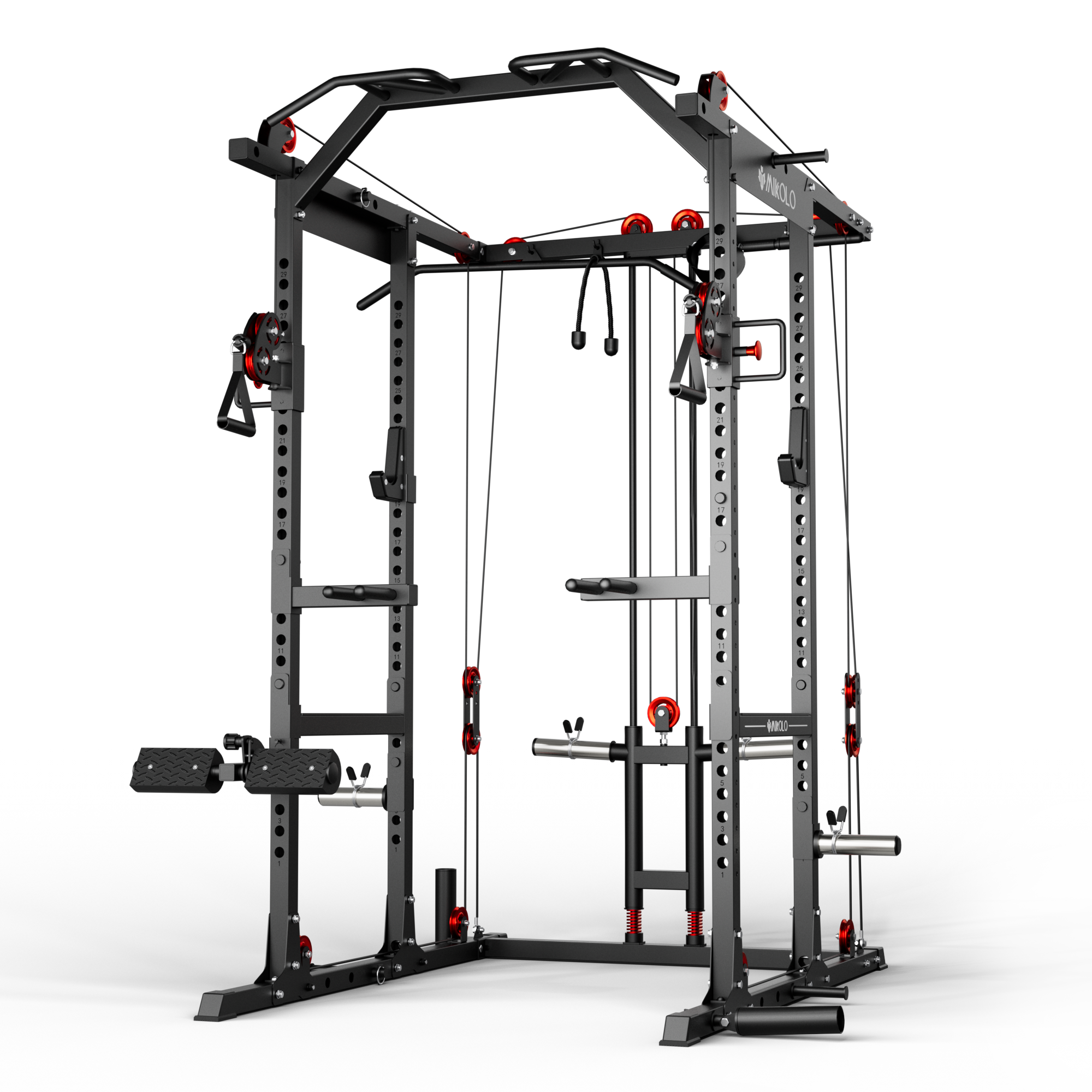
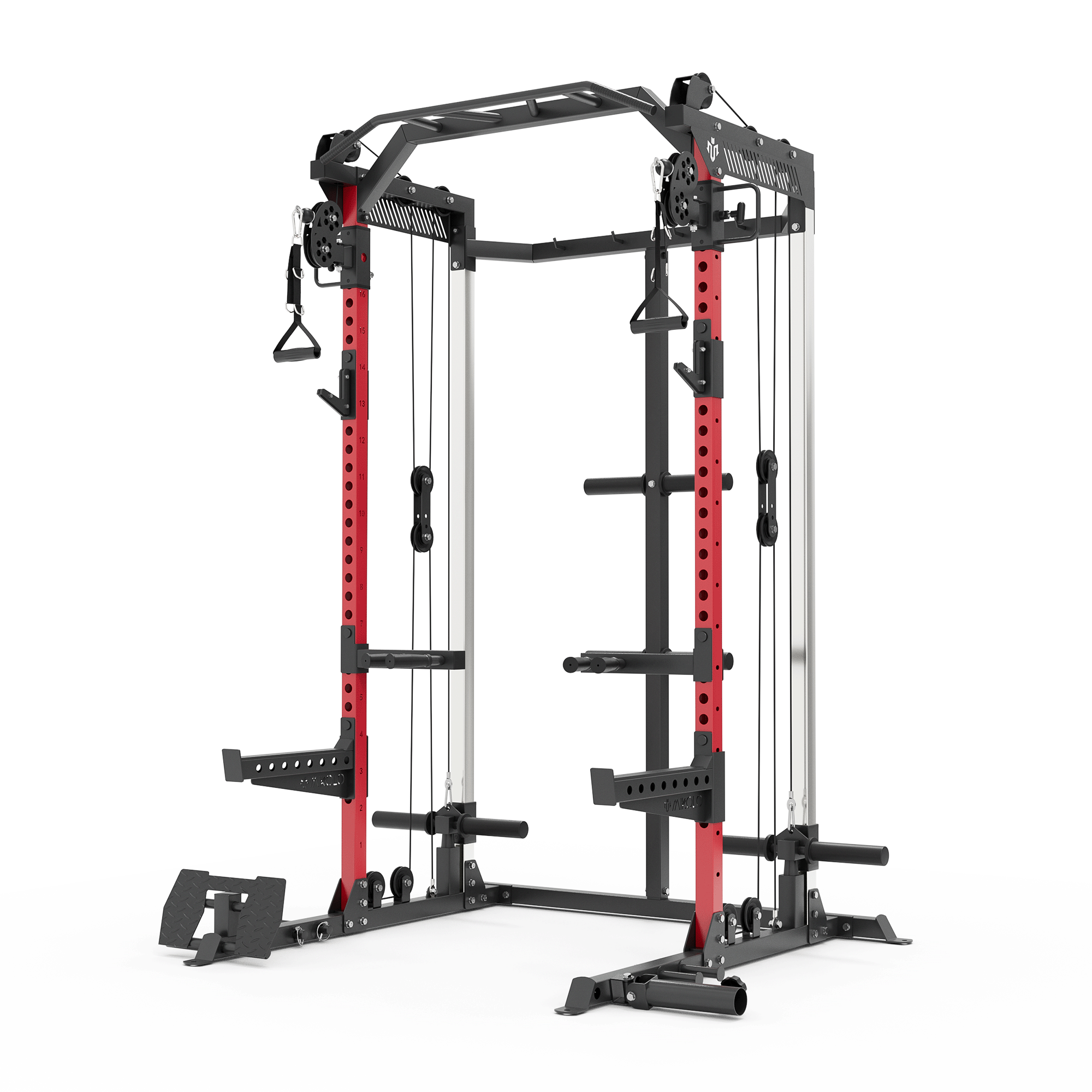
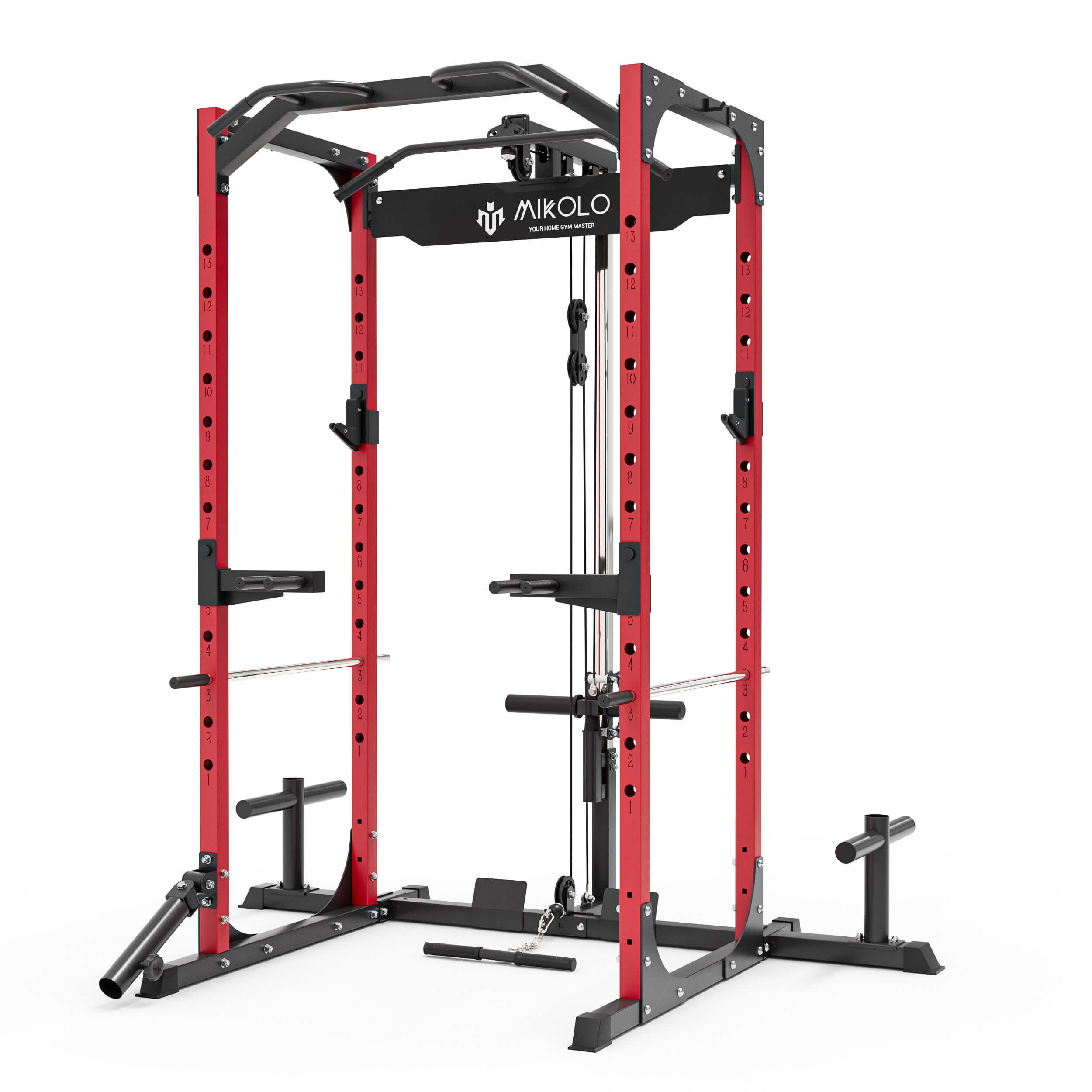

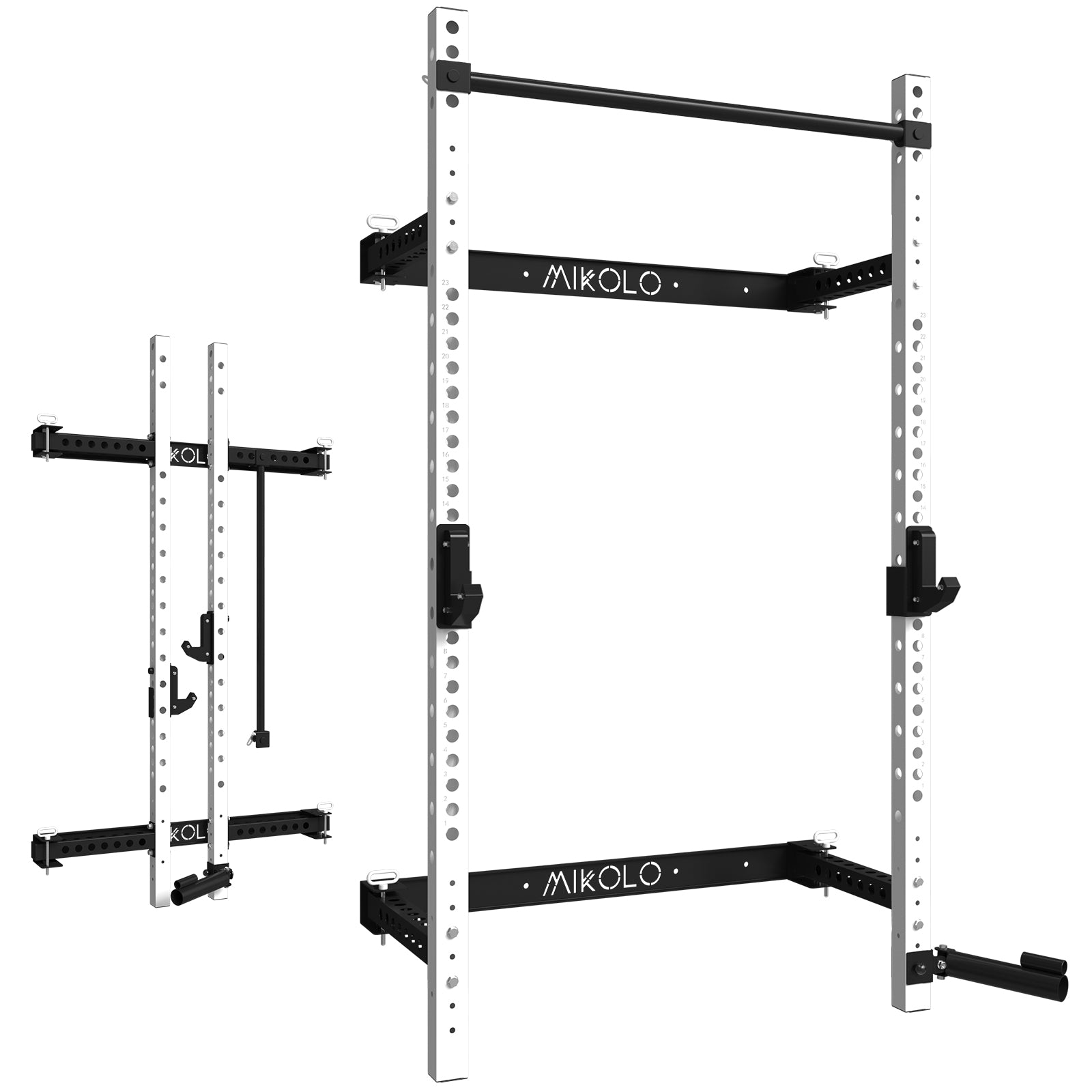

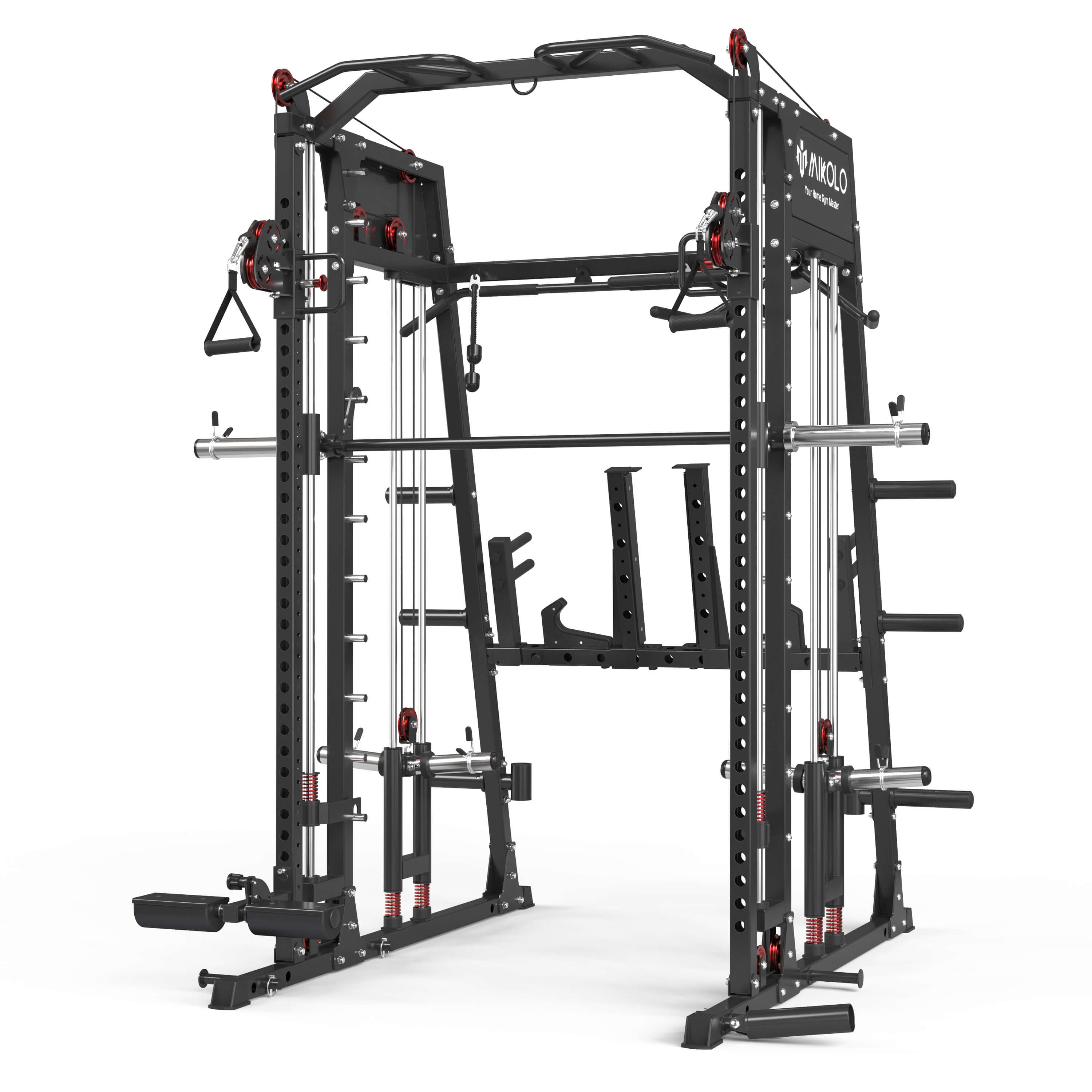
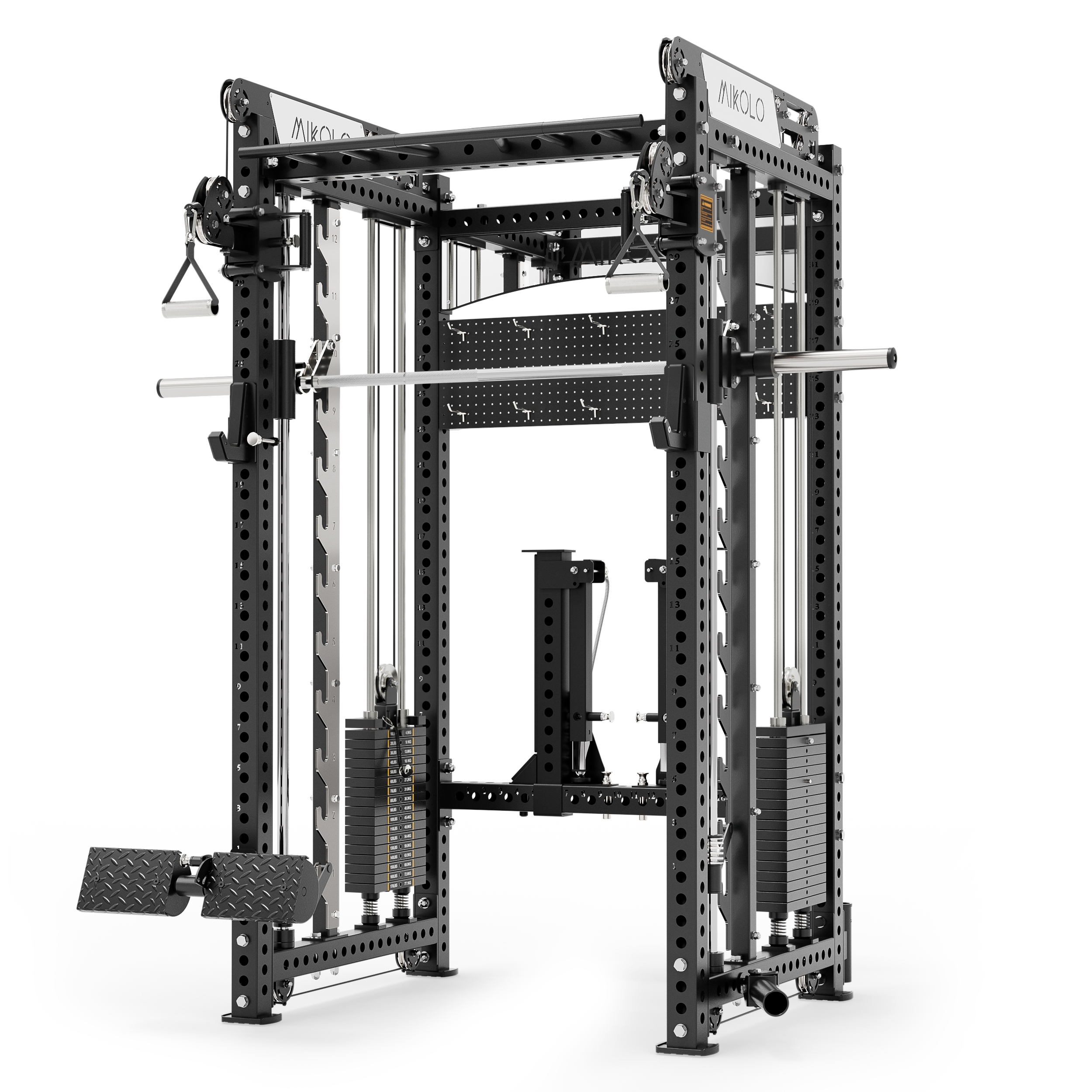
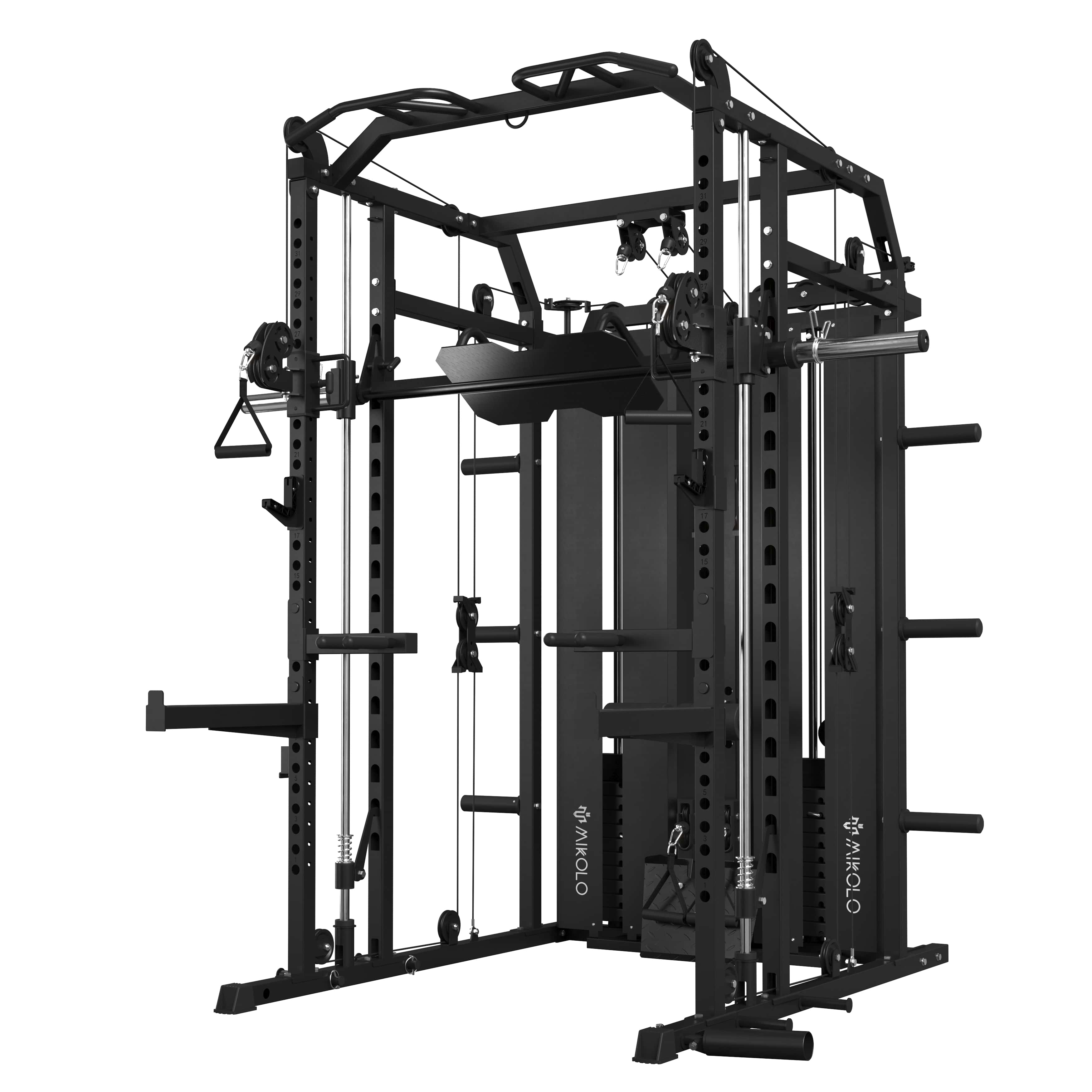
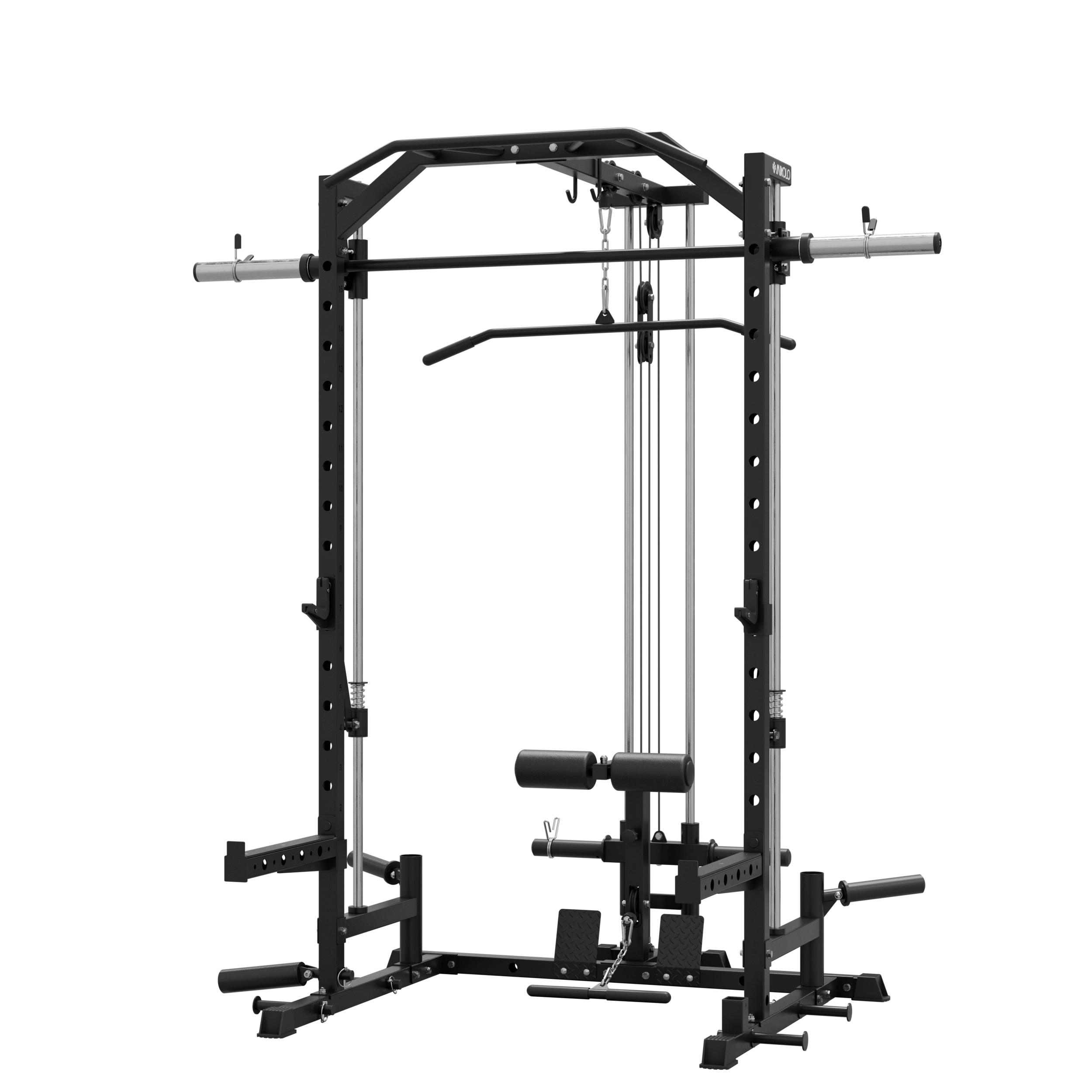
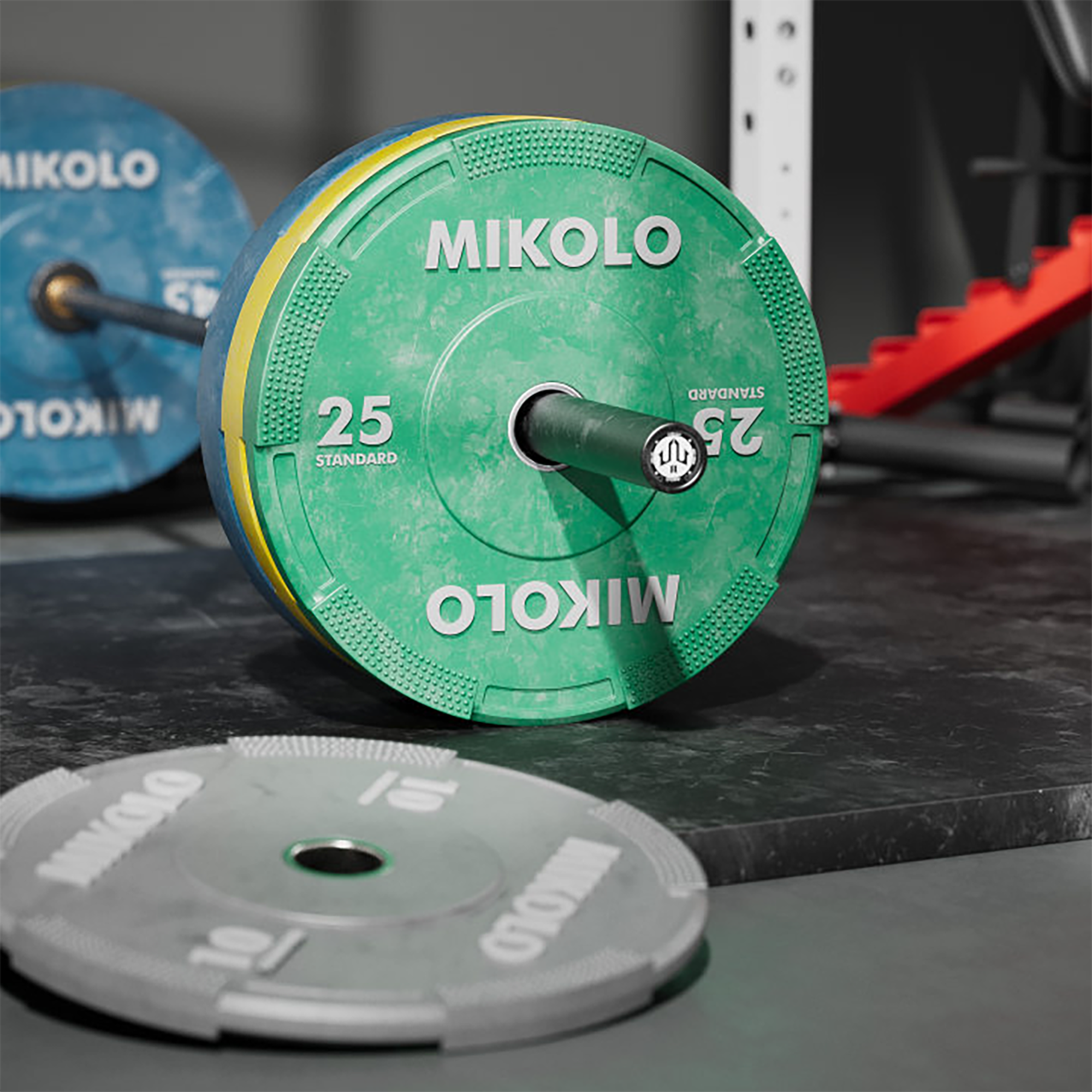


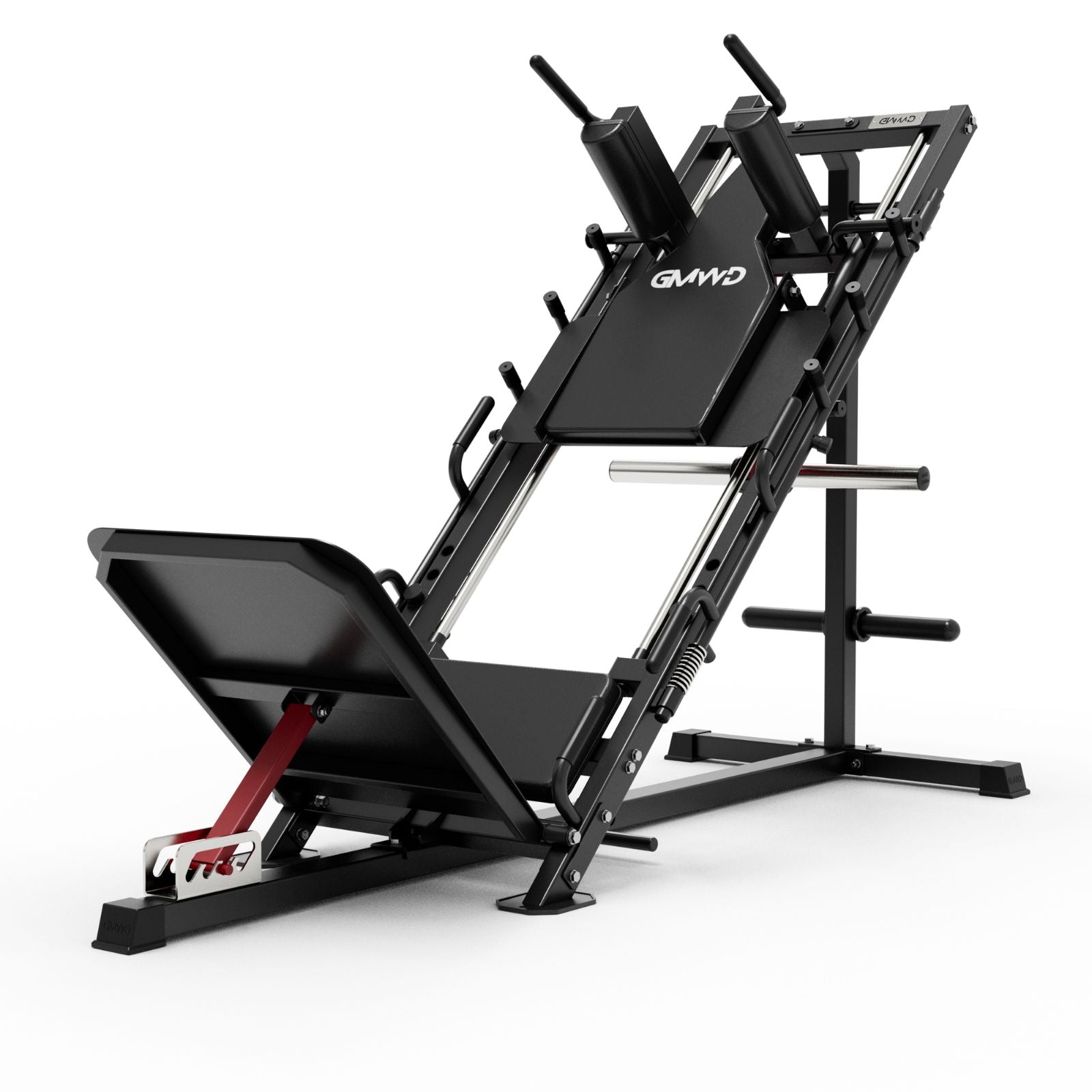


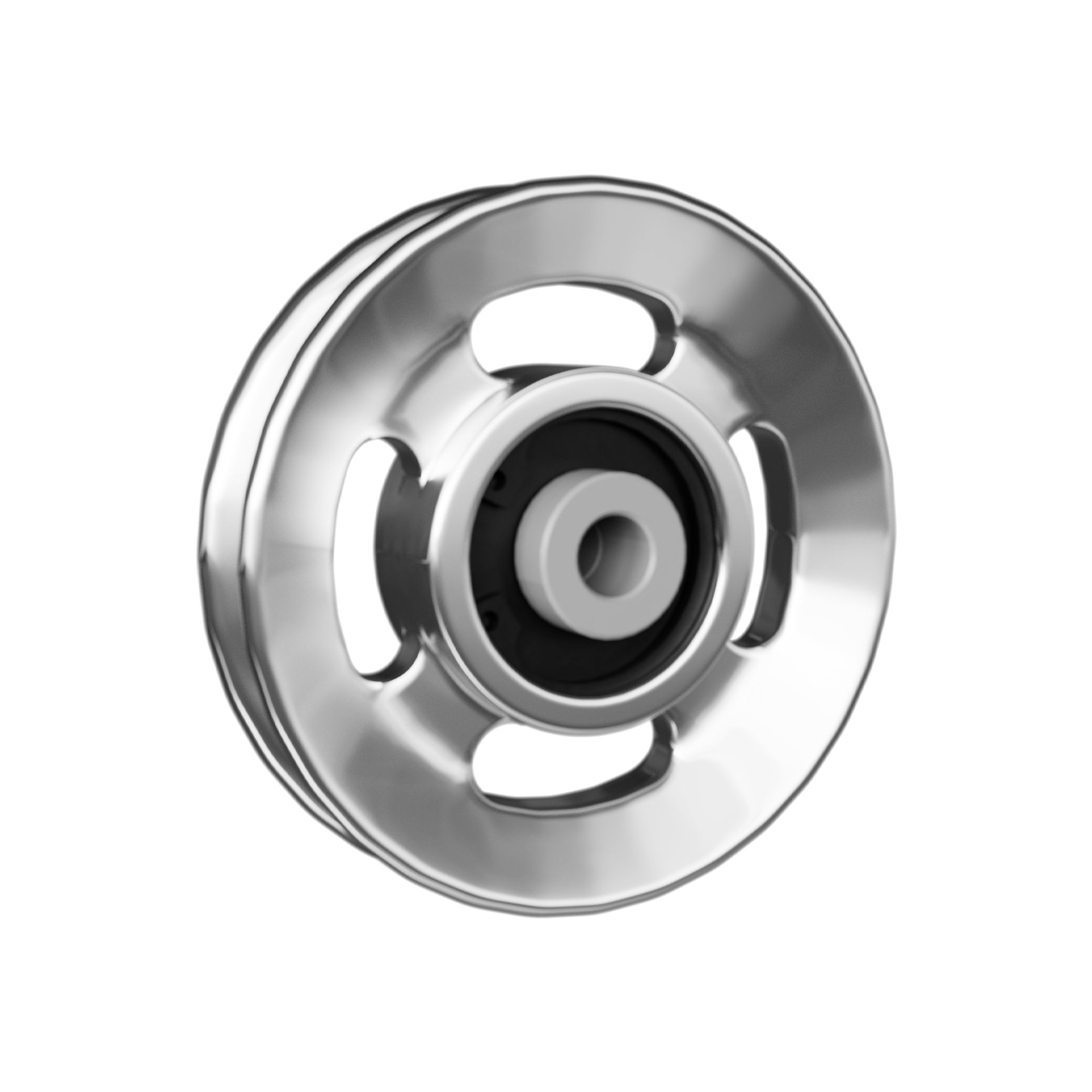
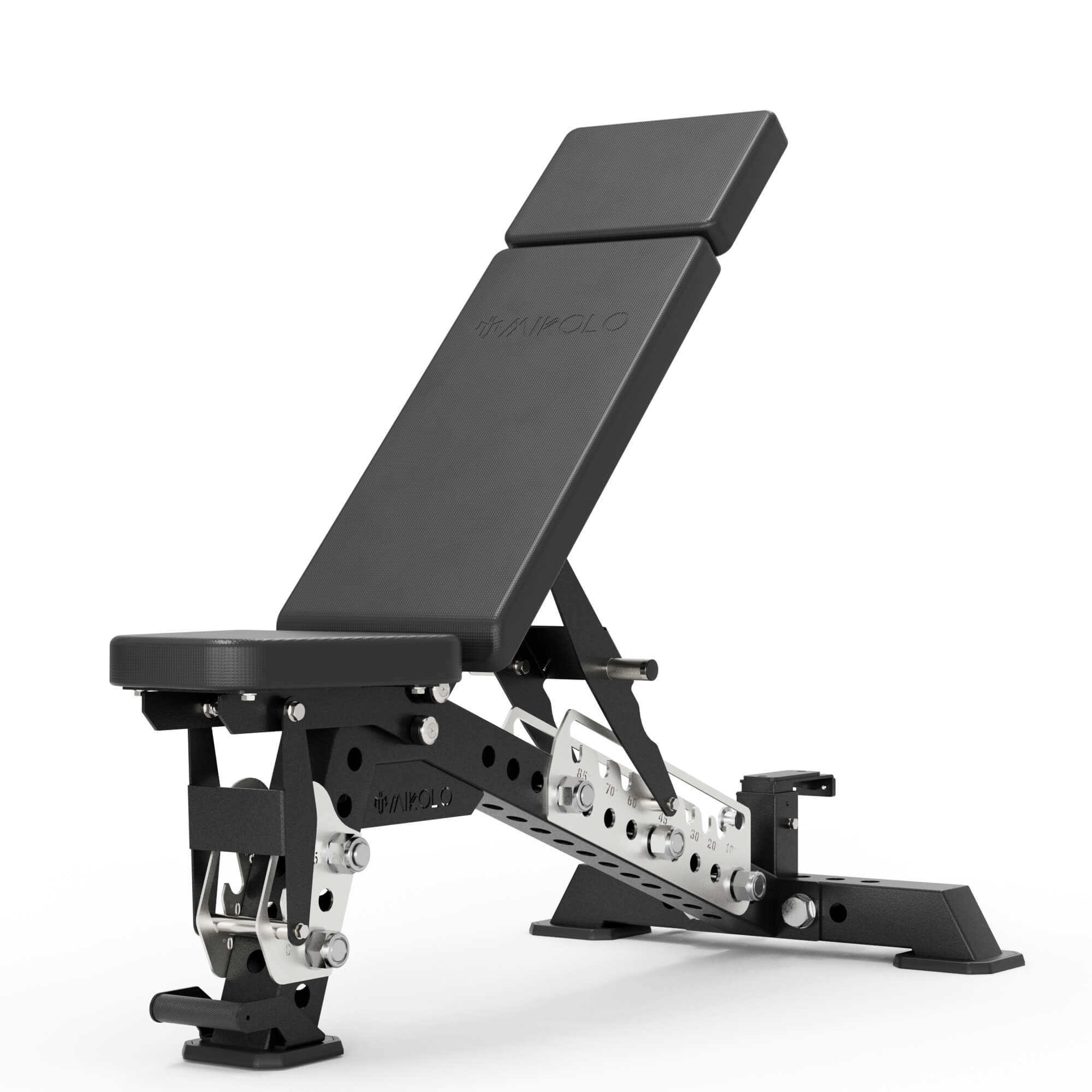
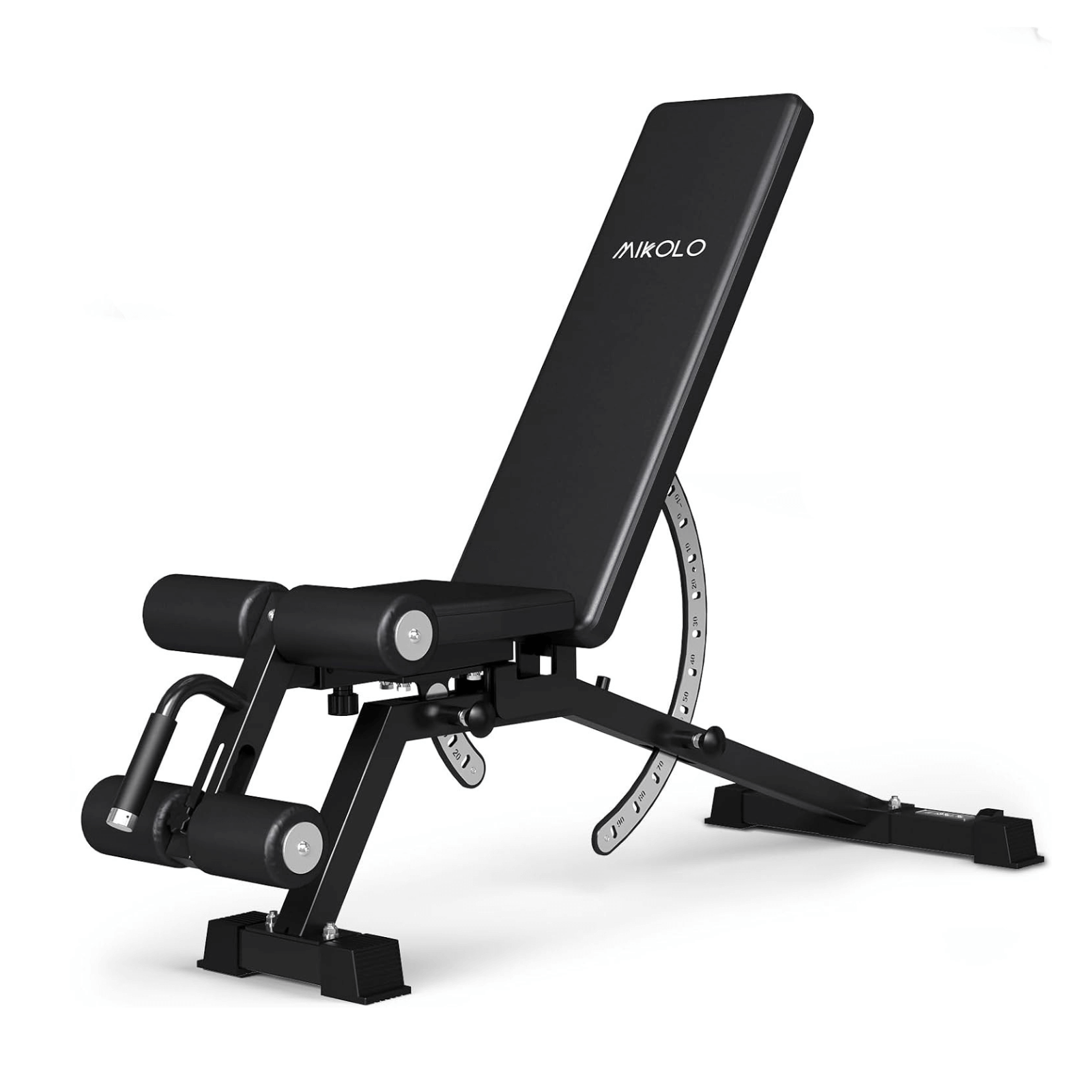

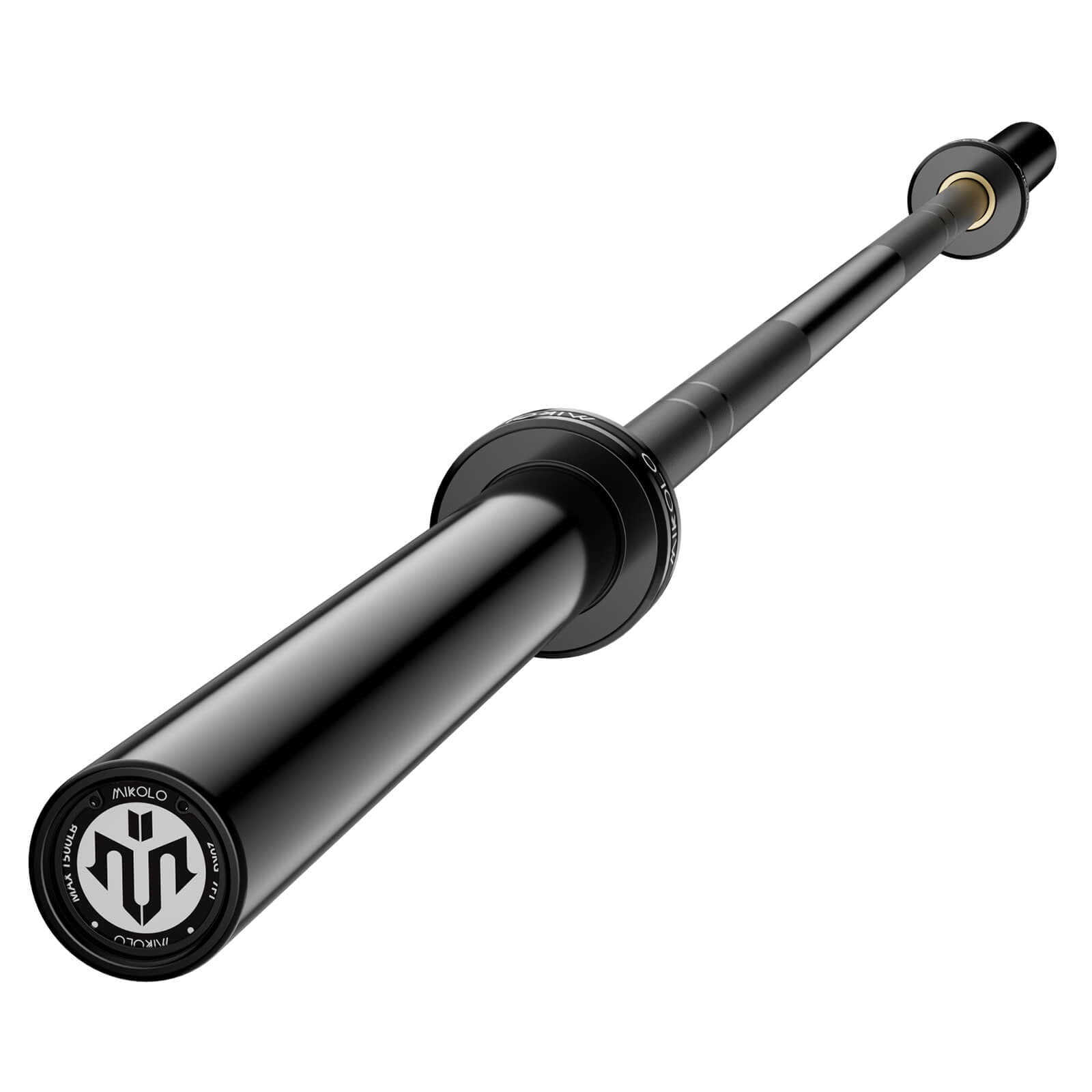
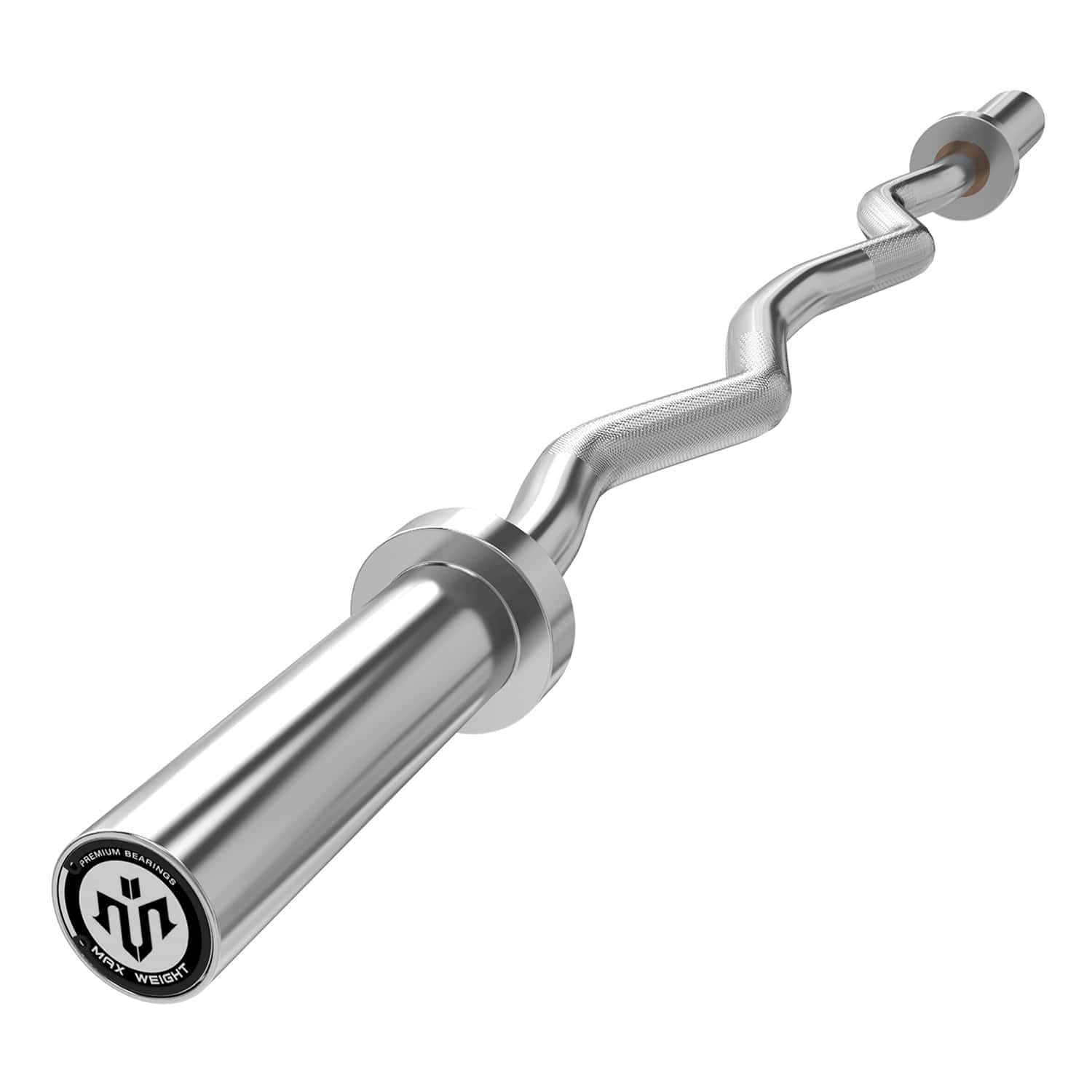
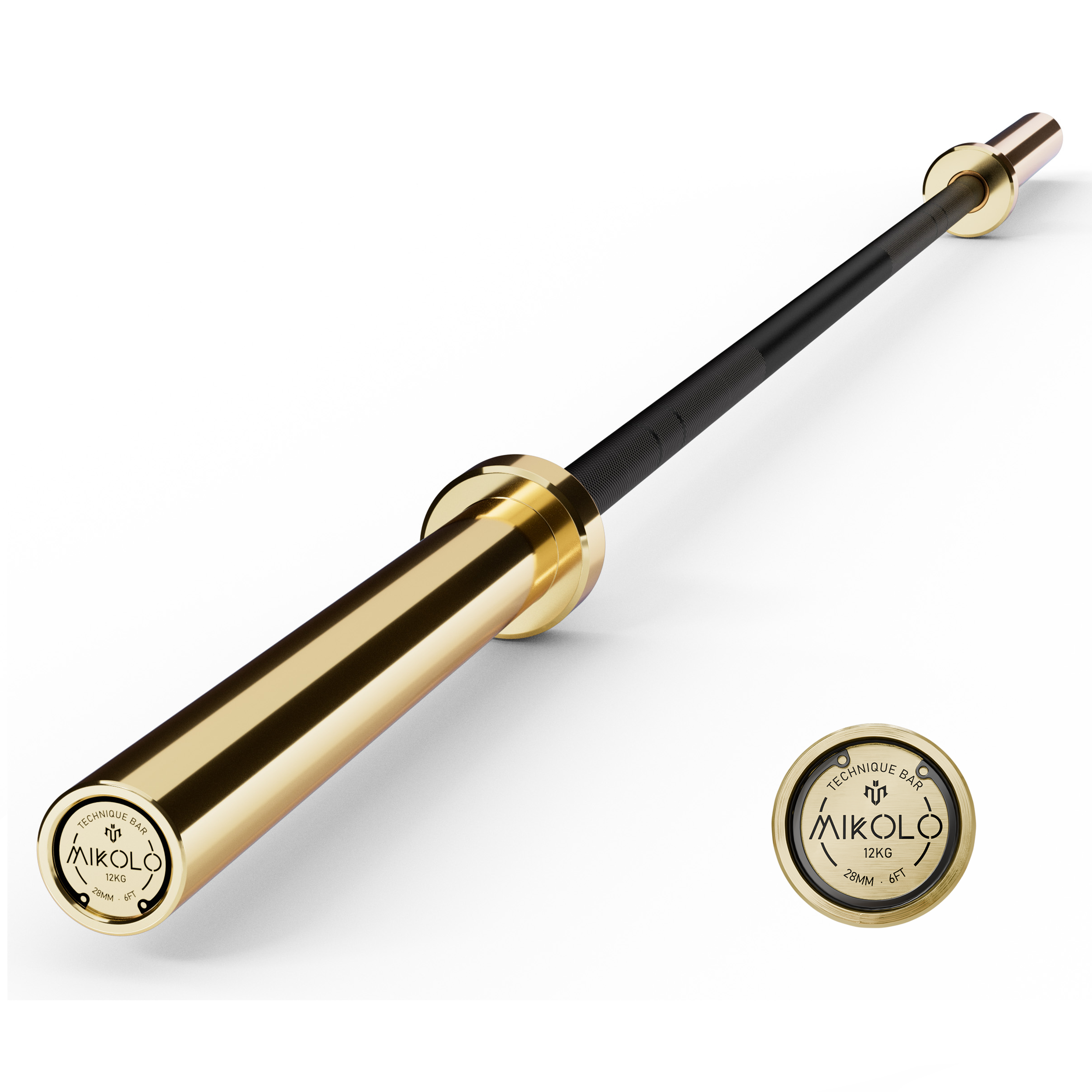

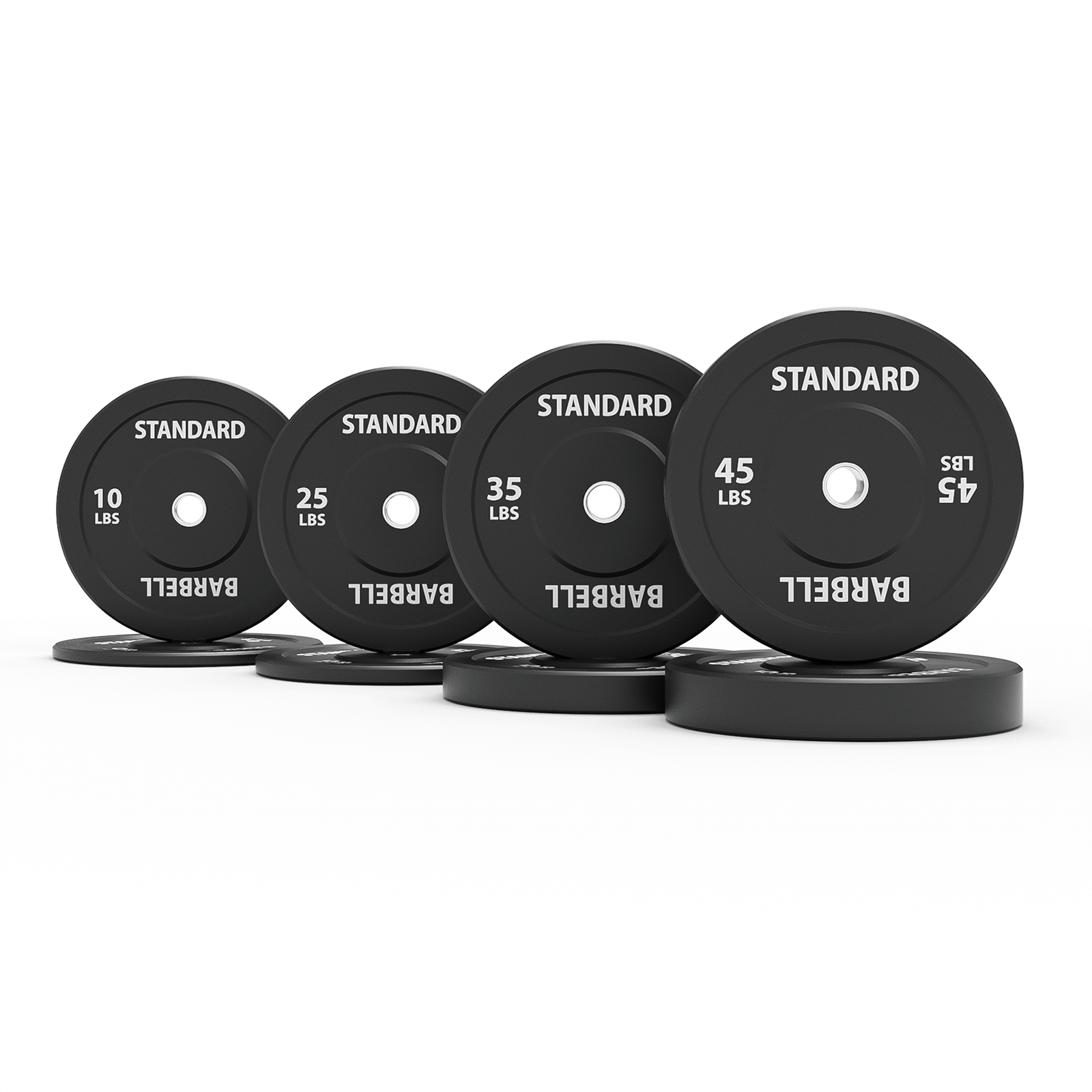
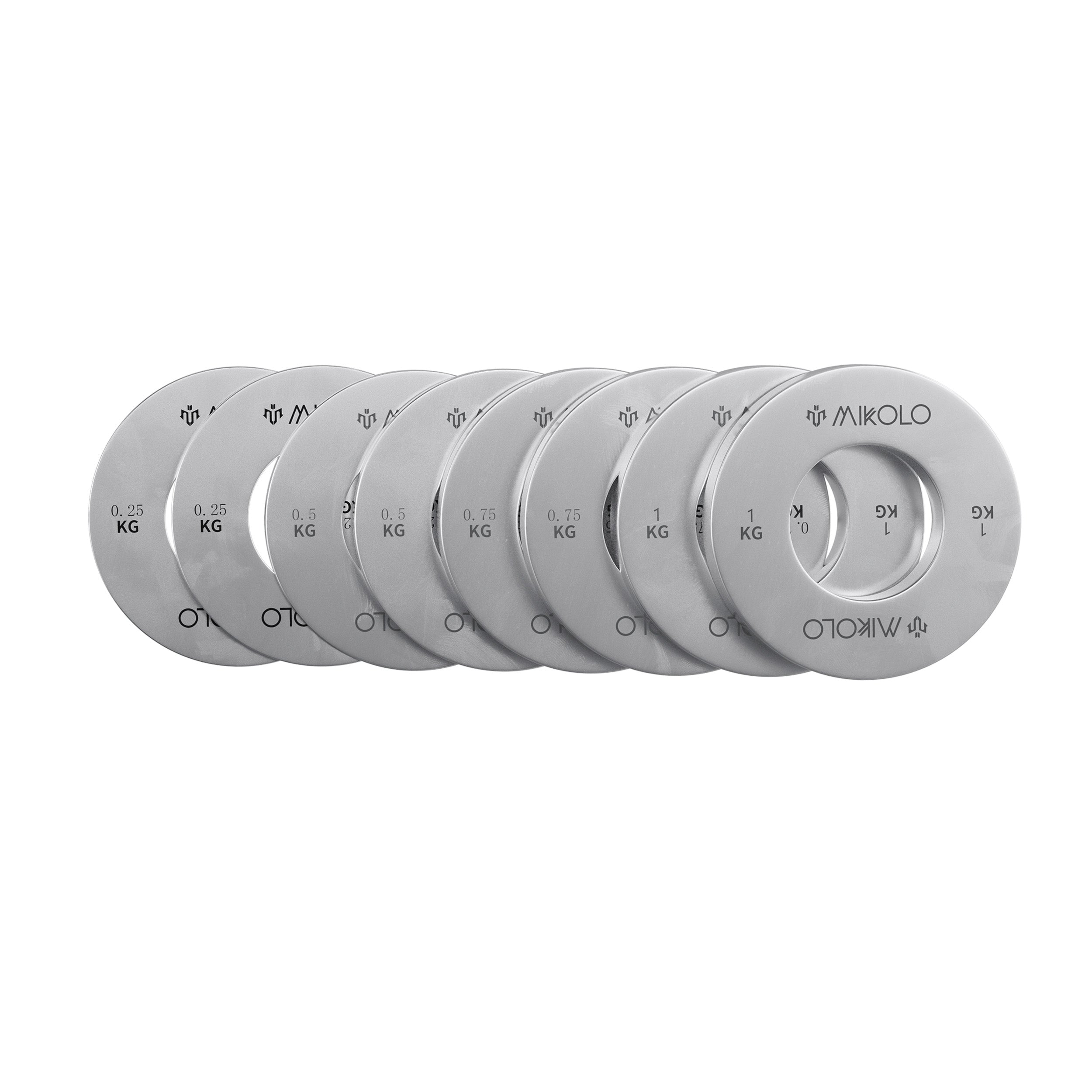



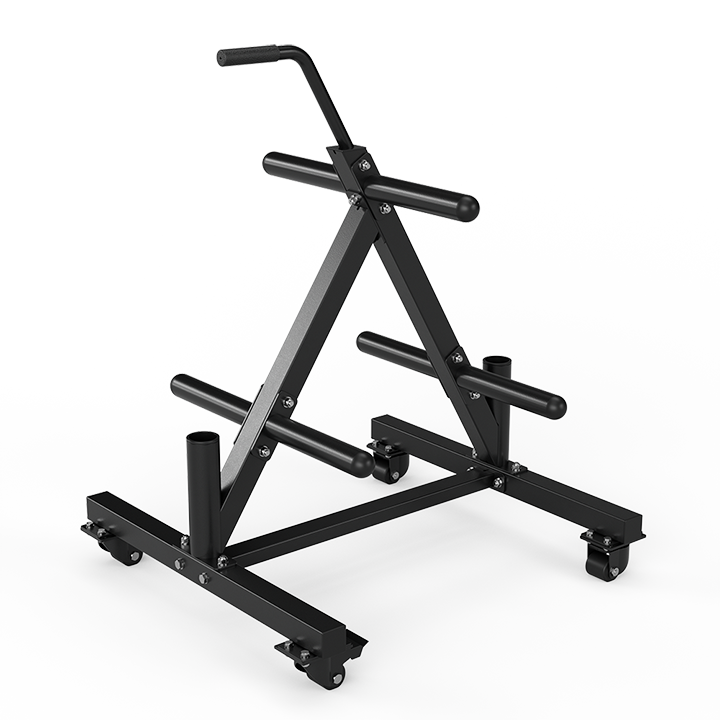
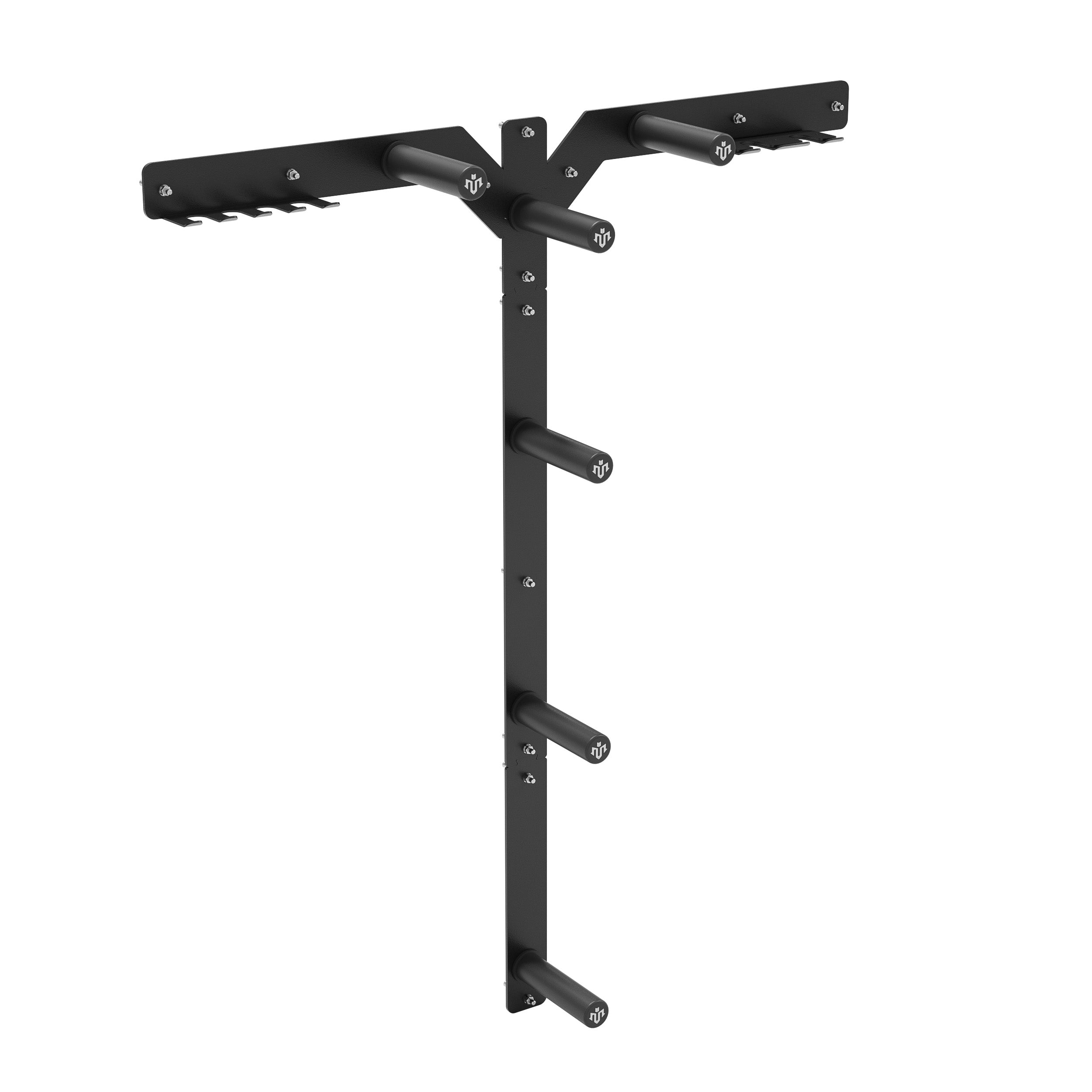




Leave a comment
This site is protected by hCaptcha and the hCaptcha Privacy Policy and Terms of Service apply.